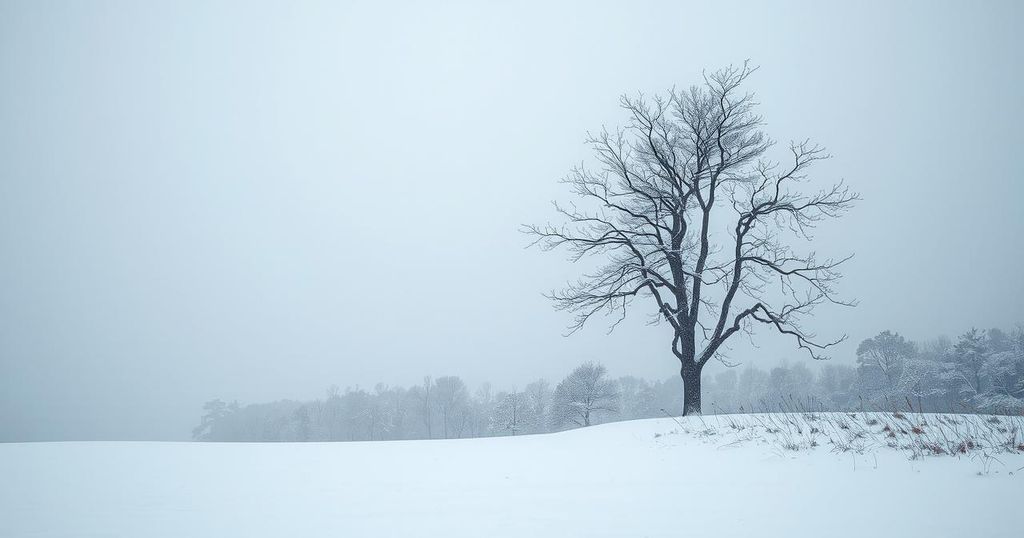Weather
World news
AFRICA, BANKS, BEAUFORT COUNTY, CAPE CARTERET, CAROLINAS, CARTERET COUNTY, CEDAR POINT, CLIMATE, COCO, COCORAH, COOP NEWPORT, CRYSTAL COAST, EASTERN NORTH CAROLINA, ENC, EUROPE, LONG ACRE, MOREHEAD CITY, NATURAL DISASTER, NC, NEWPORT, NORTH AMERICA, NORTH CAROLINA, OUTER BANKS, RAIN, SOUTH AFRICA, SOUTHEAST U. S, THUNDERSTORMS, U. S, U. S. GULF COAST, UNITED KINGDOM, UNITED STATES, VIRGINIA, WEATHER, WEATHER FORECAST
Daniel O'Connor
0 Comments
Severe Winter Storm of February 19-20, 2025: A Summary of Impacts and Conditions
A coastal low pressure system led to a winter storm from February 19-20, 2025, affecting the Southeast U.S. Coastal regions experienced rain, while central North Carolina and southeast Virginia saw sleet and snow accumulation. Ice accumulation caused significant damage, resulting in power outages and extremely cold temperatures in the aftermath.
Between February 19 and 20, 2025, a coastal low pressure system developed along the U.S. Gulf Coast and moved northeastward, bringing significant winter weather to the Southeastern United States. This resulted in widespread precipitation, with areas experiencing a mix of sleet, freezing rain, and snow. Specific regions, particularly the Crystal Coast and southern Outer Banks, primarily saw rain, while central North Carolina through southeast Virginia reported accumulating sleet and snow. A notable accumulation of ice, ranging from 0.10 inches to 0.30 inches, caused widespread damage to trees and power lines, leading to numerous power outages and very cold temperatures following the winter weather, with nighttime lows dropping into the teens in many areas away from the coastline.
In conclusion, the winter storm from February 19 to 20, 2025, brought a blend of precipitation types, with notable impacts from ice and snow across Eastern North Carolina. Damage from ice accumulation was widespread, affecting infrastructure and causing power outages. The aftermath included frigid temperatures contributing to hazardous conditions, underscoring the complexities of winter weather in the region.
Original Source: www.weather.gov




Post Comment